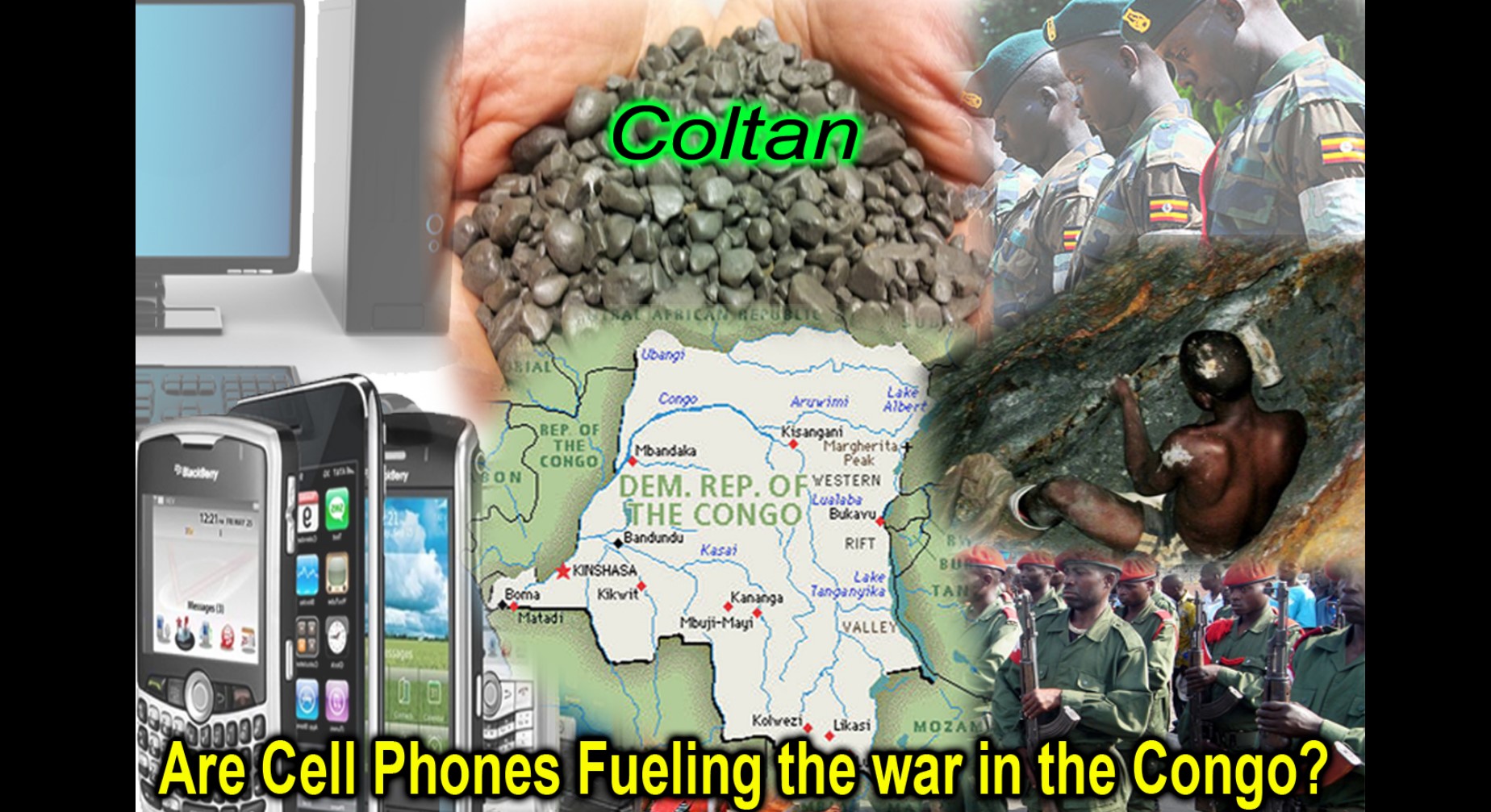 By Neenah Payne
By Neenah Payne
King Leopold II’s Genocide Of The Belgian Congo shows that King Leopold II of Belgium’s greedy policies from 1897 – 1908 killed 10-15 million people in the Congo (now called “Democratic Republic of the Congo” or “DRC”). That was half the population. Leopold had vast amounts of rubber and ivory extracted. The rubber was used in tires for bicycles and cars as well as for electric wires.
When the DRC gained its independence, it was led by Prime Minister Patrice Lumumba whom Malcolm X called “The greatest Black man who ever walked the African continent.” When Lumumba was elected president, his goal was to stop the exploitation. However, he was tortured and killed shortly after taking office. The film King Leopold’s Ghost shows that President Eisenhower, the United Nations, and Belgium were complicit in his murder.
The DRC’s extraordinary wealth makes it a magnet for outside exploitation. It’s almost as though its resources are its greatest curse. The Congo is rich in rubber, ivory, cobalt, copper, niobium, coltan, petroleum, industrial and gem diamonds, gold, silver, zinc, manganese, tin, uranium, coal, hydropower, and timber. The US used the uranium from the Congo for the atom bombs it dropped on Japan in WWII.
Cell Phones: The New Blood Diamonds
Now, the Congo is being exploited for the cobalt used in batteries. Coltan is refined into tantalum powder to make heat-resistant capacitors for cell phones, laptops, PCs, DVD players, and other high-end electronics. With global technological innovation on the rise, the demand for coltan continues to surge, creating the incentive for miners and traders to step up their efforts to extract it.
So, we are all complicit in the ongoing assault on the DRC just through our purchase of cell phones and other electronic devices. Is there a way to stop the carnage? The end of this article explains that Fairphone may provide a better option for people and the planet.
However, let’s look first at the multiple ways the electronics system is causing harm around the world.
Coltan, Cell Phones, and Conflict: The War Economy of the DRC
Photo: In this makeshift refugee camp in Mugunga, 10 kilometers from Goma in North Kivu, tens of thousands remain displaced by ongoing conflict in eastern DRC. Courtesy of flickr user Julien Harneis.
“Eclipsed by the world economic downturn, the great heist of the Democratic Republic of the Congo’s (DRC) resources continues unabated. In recent weeks, former Congolese General Laurent Nkunda’s Tutsi rebels have launched offensives in North Kivu, and the Congolese army and UN peacekeepers have been hard-pressed to stop them.
With some of the world’s greatest reserves of minerals, metals, natural gas, and oil—including 10 percent of global copper reserves and 33 percent of global cobalt reserves, in addition to vast deposits of diamonds, gold, silver, timber, uranium, and zinc—eastern DRC has frequently been exploited by rebel groups, foreign militaries, and international firms looking to fill their coffers.
Other African conflicts have been sustained by diamonds and gold, but in the eastern DRC, columbo-tantalite (coltan), is one of the most coveted commodities. And with 80 percent of global reserves of coltan lying in the DRC, coltan has become the new ‘black gold’.
Coltan is refined into tantalum powder to make heat-resistant capacitors in cell phones, laptops, and other high-end electronics. With global technological innovation on the rise, the demand for the mineral continues to surge, creating the incentive for miners and traders to step up their efforts to extract it. At its peak in September 2001, coltan traded at close to $400 per kilo; today, the market price has steadied at around $100 per kilo.
Struggle for control over coltan mines remains central to the conflict in eastern DRC, which has claimed more than four million lives over the past decade. Whether it is a Hutu militia like the Democratic Forces for the Liberation of Rwanda (FDLR), which fled Rwanda following the 1994 genocide; a Congolese rebel faction, like Nkunda’s Tutsi rebels; or the Congolese army itself, each has a stake in the lucrative coltan trade.
These groups, including the Congolese army, have been active in extorting coltan miners, as demonstrated by footage from ‘Blood Coltan.’ With coltan miners earning $10 to $50 a week, five times more than most other Congolese earn in a month, government and rebel troops have taxed the miners for access to the mines—making control of the mines and surrounding land violently competitive. Despite the dangerous conditions of the mines, which have led to countless deaths, workers remain plentiful. And as demand for coltan has increased in recent years, the number of child laborers in the mines has grown, with approximately 30 percent of schoolchildren in the region deferring their education for mining work.
In addition to the human toll, coltan exploitation has also proven severely destructive to the region’s environment and biodiversity. North and South Kivu provinces contain the DRC’s greatest concentrations of coltan, and Kahuzi Biega National Park (KBNP), one of the last sanctuaries for the critically endangered eastern lowland gorilla, spans both provinces. Coltan mining has destroyed much of the gorillas’ natural habitat, leaving them vulnerable to poachers who kill them and sell them to coltan miners and rebel groups for food. According to park surveys, the population of eastern lowland gorillas in KBNP plummeted from 8,000 in 1991 to approximately 40 in 2005.
DRC Ambassador to the United States Faida Mitifu, speaking recently at a U.S. Institute of Peace event, urged the U.S. Congress to adopt what she describes as a Kimberly Process for coltan in an effort to end the illegal export of coltan from eastern DRC. A ‘Goma Process’ could certify the origin of coltan and place punitive levies on those involved in the trade of conflict coltan from eastern DRC—much as the Kimberly Process does for diamonds.
Meanwhile, building infrastructure and creating a regulated sustainable resource extraction industry could also help the country generate much needed revenue and profitable trade regimes. But given that coltan is smuggled into Rwanda and other bordering countries and traded to non-U.S. markets, the support of the international community and the UN Security Council would be critical to the success of this initiative and creating a lasting peace in the region. The UN Security Council has already condemned coltan’s role in financing conflict, so the creation of a Goma Process could be a logical—and achievable—next step.”
Read full story, with images, at Coltan Mining – StudyLib
The Gorilla Organization – Adopt a Gorilla
“Gorillas are our closest cousins. They are gentle, social and share 95-99% of their DNA with humans. But all four sub-species are threatened with extinction…. With every initiative that The Gorilla Organization sets up, from farming and education to solar power skills training, women raise up their communities and teach other women.”
Is your cell phone fueling the war in the Congo?
“Coltan or Columbine-tantalite is one of the minerals mined in the Democratic Republic of the Congo by slave labor controlled by armed factions. It is the mineral used in the production of Tantalum, a highly corrosion resistant metal widely used in capacitors of electronic products like cell phones, DVD players, video game systems, and computers. The cell phone you’re using right now (or that PC you’re reading this article on) could very well contain Tantalum from coltan mined in the Congo.
Death rates in Congo remain far higher than elsewhere in Africa despite years of relative peace and elections that were designed to bring stability to the beleaguered nation, according to a report by the International Rescue Committee. From January 2006 to April 2007, sporadic conflict and related effects such as closure of clinics and disruption of food supplies caused the deaths of approximately 727,000 people, the group estimated.
The report is the latest of several detailed surveys by the humanitarian aid group showing that since the outbreak of war in 1998, Congo has experienced one of the world’s deadliest crises. The group estimates that the conflict and its aftermath have led to the deaths of 5.4 million people, more than 8 percent of the country’s population of 66 million.
Instability in the central African nation continued to take a huge toll even as violent deaths declined after war officially ended with a peace agreement in 2002. The biggest killers today are preventable or treatable maladies such as malaria, diarrhea, and respiratory illnesses, made far more serious by a shortage of medical care in the chaotic postwar environment.
In 2010, the US law was brought in under the Dodd-Frank Financial Reform Act that requires any company that might be using conflict minerals register with the US Securities and Exchange Commission and then disclose its supply chain. This rare good news from DR Congo illustrates how a consumer campaign in the rich world can impact positively in an under-developed country. The hi-tech AUS companies making laptops and smart phones simply did not want to be associated with warlords committing atrocities – and more to the point, perhaps, knew that campaigners in the US would expose them if they did. So, pressure from US consumers, working with the new US law which required companies to guarantee a ‘clean’ supply chain, has forced change.”
Tantalum is used in cell phone batteries to store electricity.
A breakdown of the critical metals in a smartphone includes the image below which says Tantalum is the major component of micro capacitors used for filtering and frequency tuning.
Cell Phones Are the New Blood Diamonds
“7-year-old children mine the minerals used to make our cell phones and laptops
The cell phone you’re likely reading this on came at a much higher cost than the dollar amount you paid for it (as did the laptop I’m typing it on). Millions of African men, women and children have shed their blood so that we “first-world” citizens can have the luxury of ‘the world at our fingertips.’
 The mineral-rich “Democratic Republic” of Congo has been bought and sold to Apple, Microsoft, Samsung and privileged technology consumers like me. The main minerals used to manufacture our favorite electronic gadgets – tin, tantalum, tungsten and gold – are called “conflict minerals.” Just like blood diamonds, conflict minerals are extracted from a conflict or war zone. Part of the profits from the sale of the minerals is directed toward funding and perpetuating the conflict, to guarantee continued access to the natural resources and cheap laborers, who work like slaves because no other work is available in the region.
The mineral-rich “Democratic Republic” of Congo has been bought and sold to Apple, Microsoft, Samsung and privileged technology consumers like me. The main minerals used to manufacture our favorite electronic gadgets – tin, tantalum, tungsten and gold – are called “conflict minerals.” Just like blood diamonds, conflict minerals are extracted from a conflict or war zone. Part of the profits from the sale of the minerals is directed toward funding and perpetuating the conflict, to guarantee continued access to the natural resources and cheap laborers, who work like slaves because no other work is available in the region.
The most recent mineral to get added to the list of ‘conflict minerals’ is cobalt, a crucial ingredient in lithium-based rechargeable batteries. Amnesty International released a report earlier this year, describing the miserable working conditions for tens of thousands of children and hundreds of thousands of adults at cobalt mines all over the Congo.
Children as young as 7 work 12 or more hours a day separating the precious metal from rocks with mallets and chisels for as little as $2 a day. Children as young as 2 transport, wash, and crush minerals to earn half a dollar a day. Men work with no protective gear and are often crushed in collapsing mines. Women, who carry heavy loads of the mineral to lakes to be washed and sorted, complain of aching bodies and respiratory problems. All of them are at risk of fatal lung disease from breathing the cobalt dust.
‘Sometimes people worked 24 hours out of 24, night and day, using head-mounted lamps — one team working days and one doing nights. At the time there were no rules, and sometimes miners died of fatigue. There were also deaths because the pits were deep and there was flooding,’ one miner told Tech Republic. ‘We were in a really isolated quarry that made transporting the minerals to the Walikale distribution center very hard. It was more than 50-km away, so the minerals had to be carried on men’s backs — and even women and children were used, too.’
Mass rape is used as a tool of war by all sides of the conflict – gangs and government – against girls as young as 3 and women as old as 70. The purpose is to intimidate local populations to secure control of the mines and trading routes.
Over 5 million people have died and more than a million women raped as a direct result of the ongoing war for control over the minerals in the Congo.
While most technology companies have pledged to try to buy as much non-conflict tin, tungsten, tantalum and gold as is available, there are simply not enough of these minerals available in non-conflict zones to meet our ever growing demand for the latest and greatest.
And with cobalt only recently being added to the list of conflict minerals, most companies – except Intel – have done nothing yet to seek alternative sources. The primary buyers of conflict cobalt are Apple, Dell, Hewlett Packard, Huawei, Lenovo (Motorola), LG, Microsoft Corporation, Samsung, Sony and Vodafone, as well as vehicle manufacturers like Daimler AG, Volkswagen and Chinese firm BYD.
Write your cell phone manufacturers and demand they use conflict-free minerals, or buy a conflict-free phone from a company like Fairphone.”
Fairphone: For People and Planet
Enter your email address on the Fairphone site to get updates on how Fairphone is changing the electronics industry.
“Change is in your hands. When you buy a Fairphone, you buy more than a phone. You buy a declaration that change is possible, and that it’s here. Today. In your hands. From the earth to your pocket, a smartphone’s journey is filled with unfair practices. We believe a fairer electronics industry is possible. By making change from the inside, we’re giving a voice to people who care.”
Fairphone’s impact on the world
“As a growing company, we work hard to increase our impact and make a real difference in the world. The journey towards a fairer future has plenty of obstacles to overcome, but together, we’re making real progress.
A fairer future
It’s no secret: we’re out to change the world. Fairphone puts people and the planet first.
We care about human rights and worker well-being.
We care about the climate and our planet’s delicate ecosystem.
We care about designing longer-lasting products that are easier to repair. We care about reducing waste and making the most of what we already have.
See how we’re making an impact”
Read Fairphone’s full 2021 Impact Report
A challenge to the industry
“We’re not kidding ourselves: Fairphone won’t improve the electronics industry by outselling huge competitors in the marketplace. Instead, we’ll improve it step by step by demonstrating there is a better way of doing business. We make smartphones to create change: the more phones and spare parts we sell and the more successful our business, the more we can scale up and the further our impact can reach. Every Fairphone sold shows that making a device proud to minimize environmental impacts and treat workers fairly is a selling point, not a profit liability.”
Neenah Payne writes for Activist Post and Natural Blaze
Become a Patron!
Or support us at SubscribeStar
Donate cryptocurrency HERE
Subscribe to Activist Post for truth, peace, and freedom news. Follow us on SoMee, Telegram, HIVE, Flote, Minds, MeWe, Twitter, Gab, What Really Happened and GETTR.
Provide, Protect and Profit from what’s coming! Get a free issue of Counter Markets today.


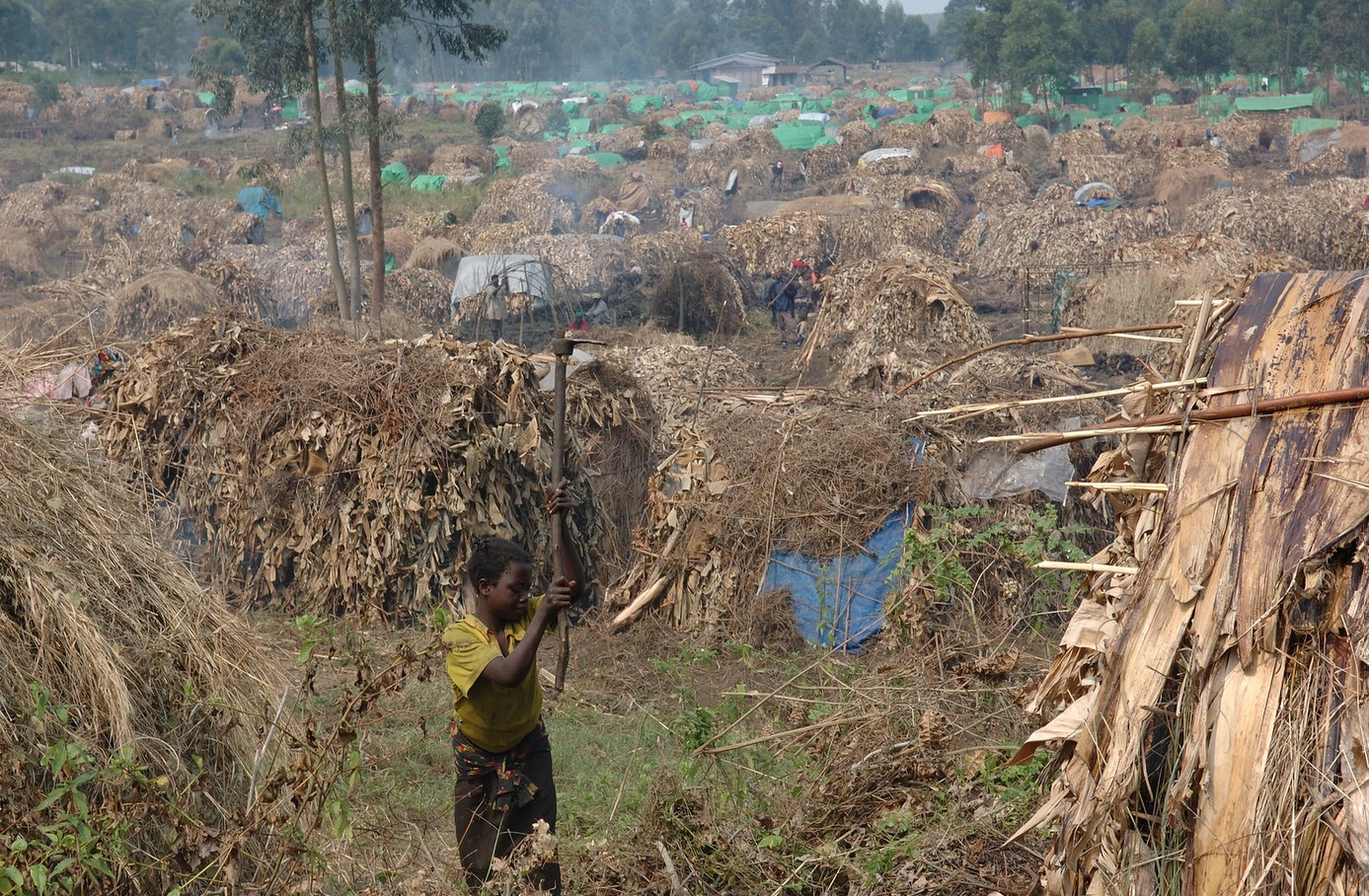
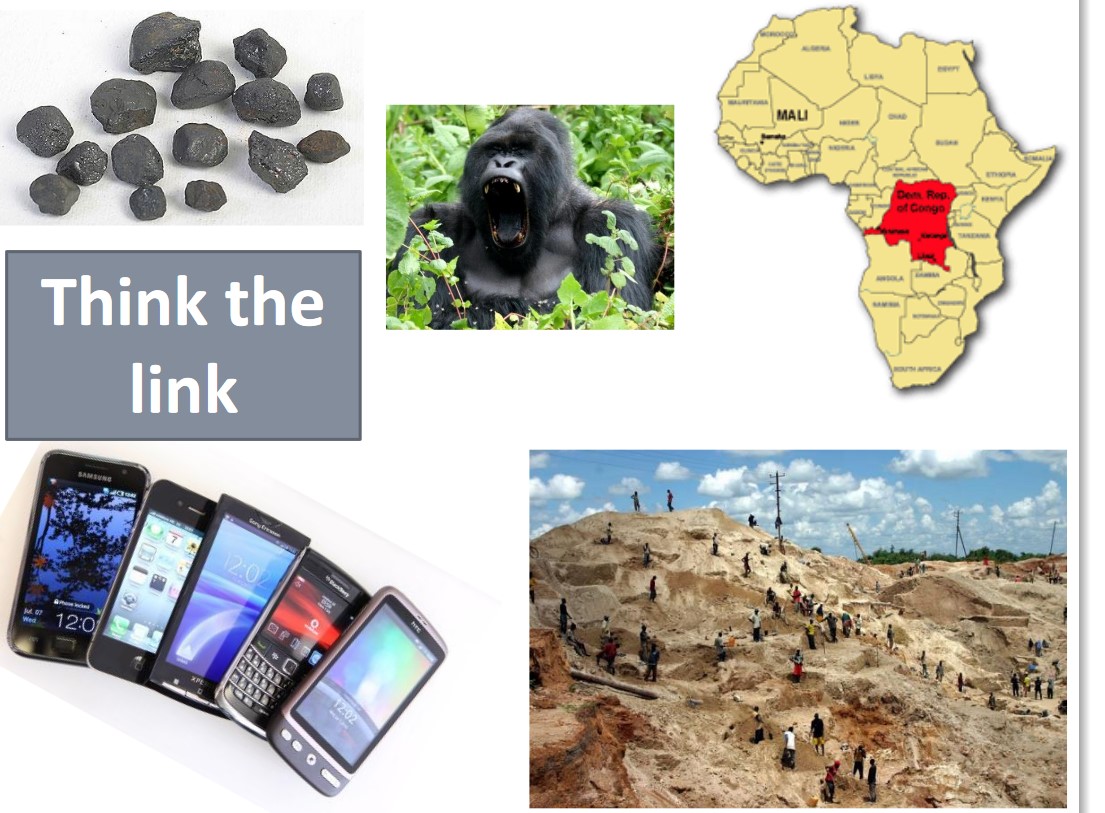
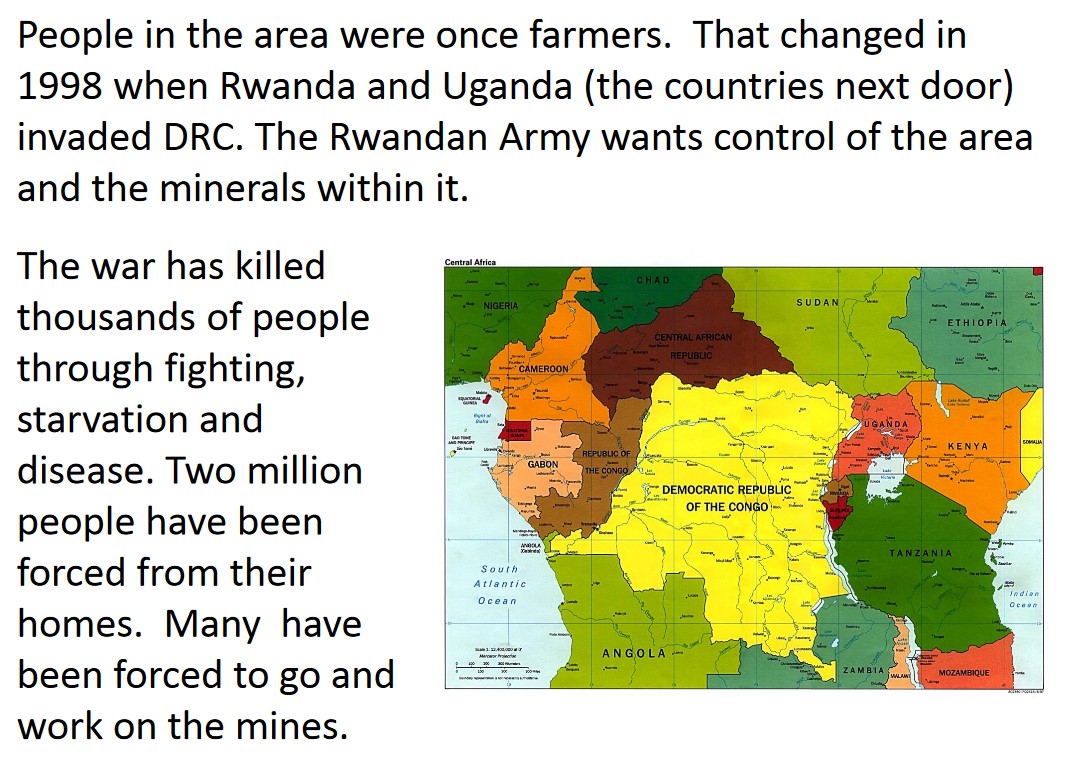
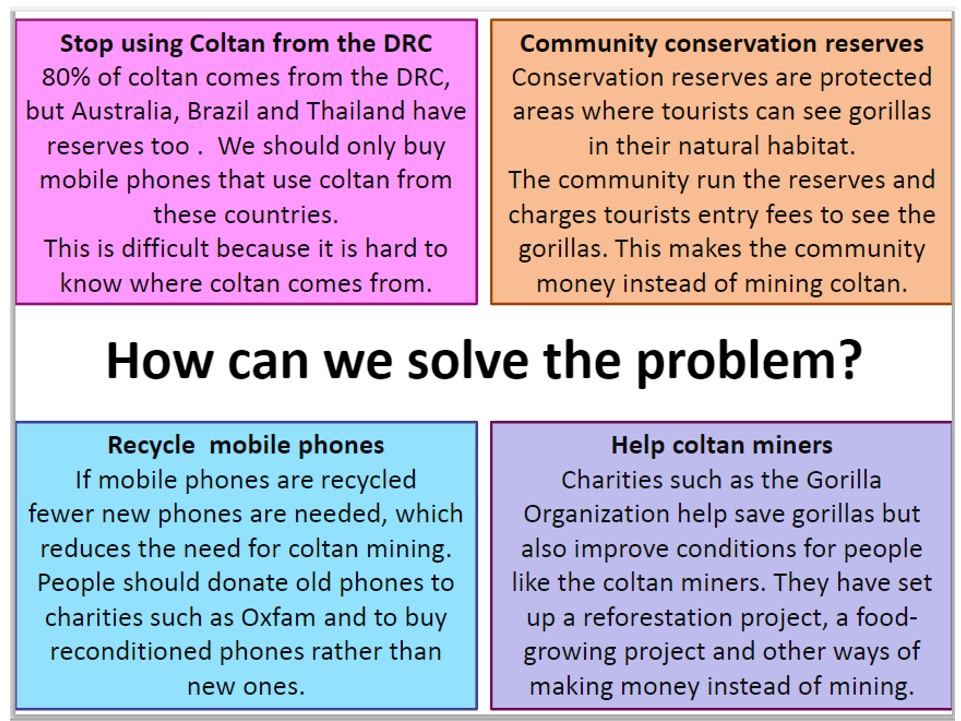

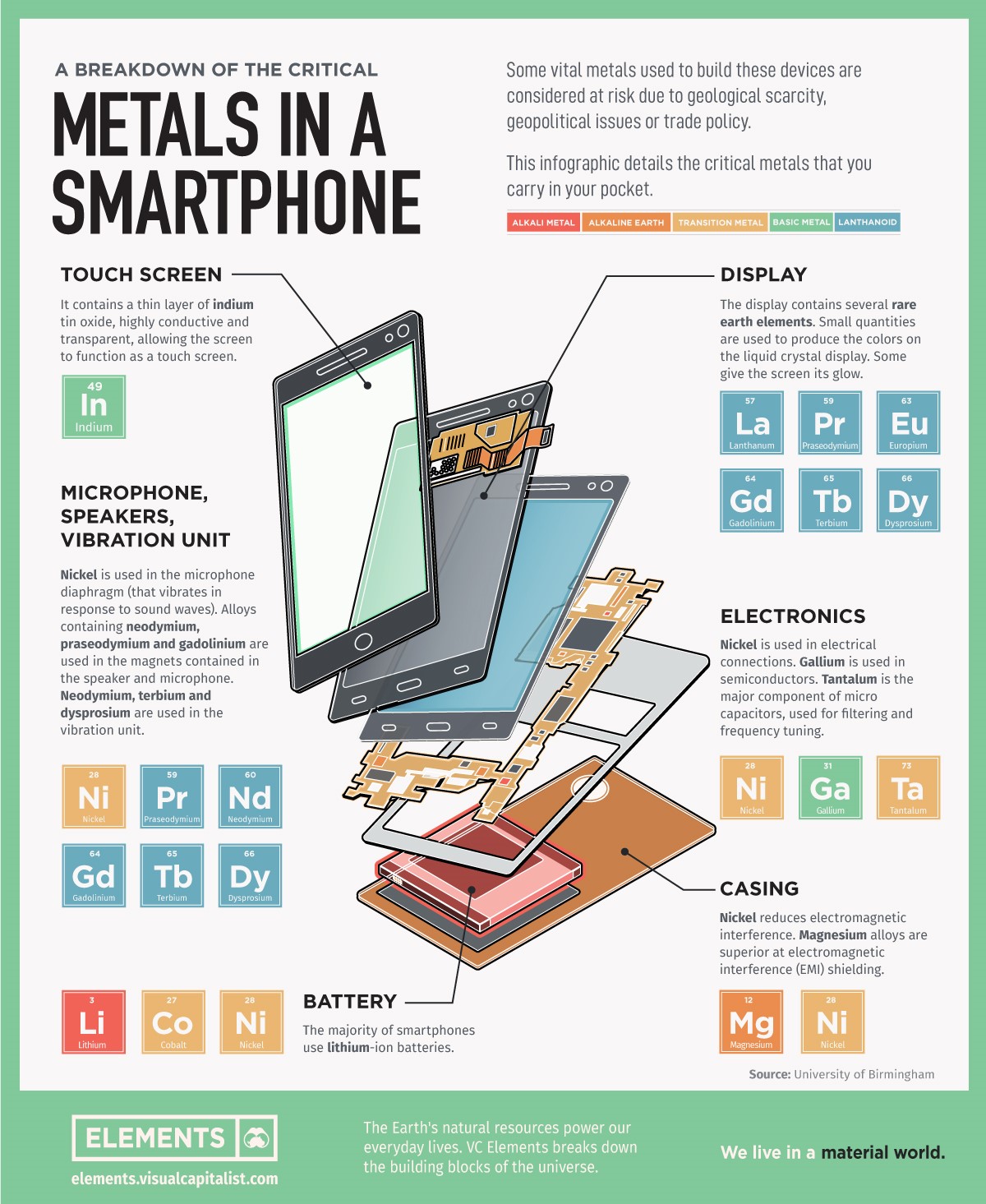
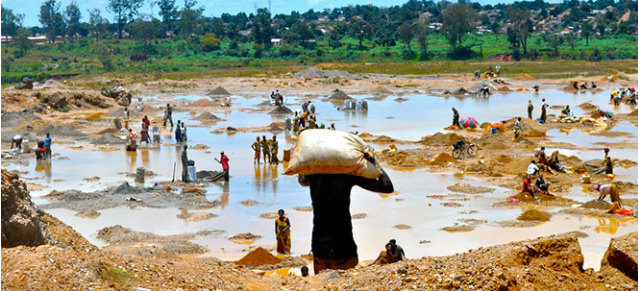
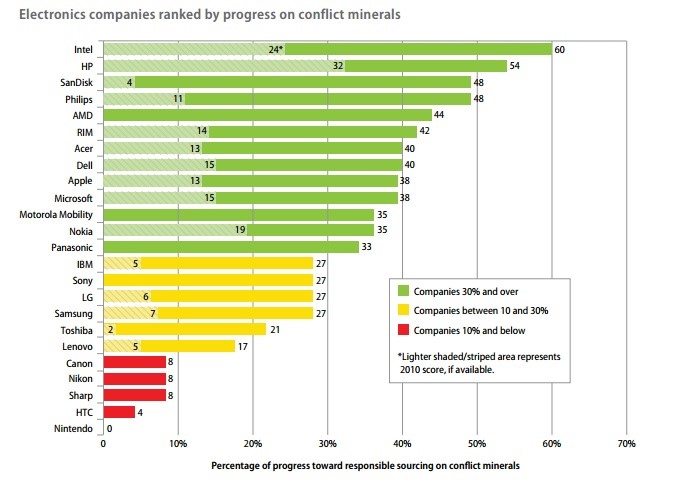
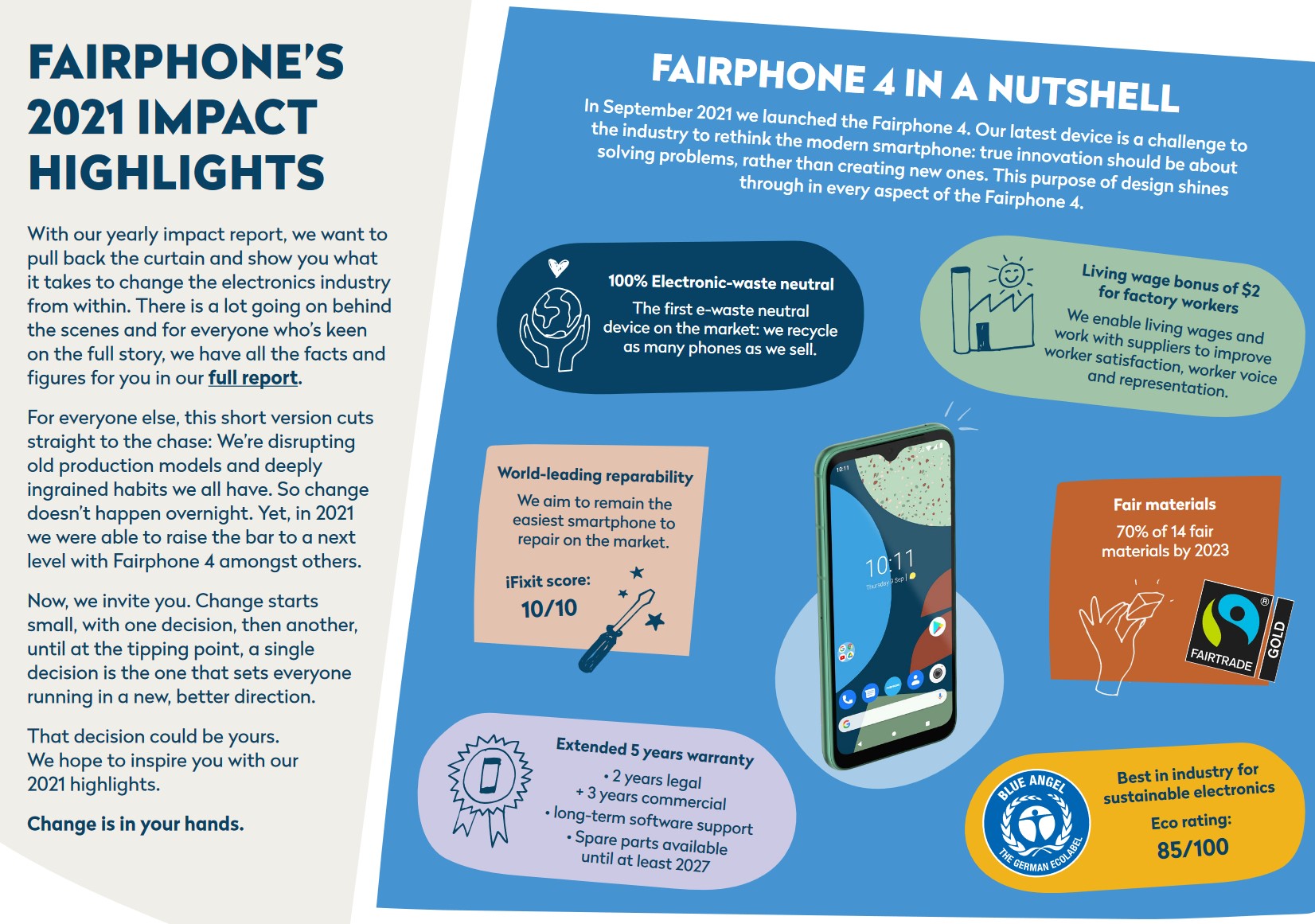
Be the first to comment on "Human, Environmental and Wildlife Costs of Cell Phones, PCs, Laptops, DVD Players"